Japan - How I love your Whisk......
World best whisky is from Japan
I visited Japan for the 3rd time this year in February (2017) and this fascinating country never fails to excite me with its food, culture, way of life, inventions and most of all… its people!
Today, Japan being a hi-tech and advanced country is well known for its innovation and creativity can now boast for its another acclaimed achievement, its homemade whisky - which is on par with the one already-world-known the Scotch whisky.
The tour to the Suntory Yamazaki Distillery Centre in Kyoto was made possible by the arrangement organised by the Asian Productivity Organisation (APO) based in Tokyo visiting one of the renowned whisky-making museum. It was an eye-opening to the eighteen delegates from various Asian countries who had the opportunity to learn and gathered much information and knowledge how whisky was originally produced.
Inside the museum, it proudly displayed its gigantic devices, with its advanced technologies and machineries in producing the best whisky in Japan and that had caught the attention of the foreign visitors.
“This was indeed an educational and informative one having given apt knowledge about how the Japanese never fail to give the best to its product, the whisky is one of their best,” said one of the delegate members.
Located in Kyoto, Japan Suntory Yamazaki Distillery was strategically built in a breath-taking ambience, surrounded with beautiful scenery and natures, anyone who stepped into the vicinity would be in awed just viewing the surrounding area.
Outside the museum, many Japanese senior citizens were spotted roaming in slow pace, enjoying its beauty, some even on wheelchair didn’t mind having their sight-seeing along the man-made lakes surrounded with trees, plants and some garden decoration nearby the distillery area.
“Even walking around this neatly and well-organised planted garden is a therapy. You will feel good and immediately be energised,” said Joselito Bernado, one of the organisers from APO.
“Such a magnificent sight. I am breathing the freshness and fragrance coming from the natural surroundings (outside) and inside the building I smell the goodness coming from the processing of the whisky. This is just making my day,” said Rann Reuy, a delegate from Cambodia.
The day-visit is packaged with 80 minutes of guided tour to the production facilities, including whisky tasting session, which was an awaited period by most of the members.
The eighteen members who were mass media practitioners were on 6-day tour to Japan visiting some SMEs in and around Tokyo, learning their strategic and innovation ways and how they (SMEs) can be sustainable in today’s most challenging time.
The museum itself has broad and high ceiling building making it cosy and accommodating for visitors entering the place. It was as though entering a big castle surrounded by what seemed to look like ancient machineries meant to process the much sought-after drink.
The tour guide, Nakamura-san came out introducing himself and welcomed the visitors. As they walked through the first entrance, the smell of some kind of fresh ‘fragrance’ was first detected by them. He explained it was the malt undergoing some processes which they would soon observe.
“What an awesome fragrance. Where is it coming from?” asked the group eagerly.
Nakamura slowly explained the step-by-step how whisky was produced. Proudly giving a brief history about it, he showed and explained some of the giant tools and machines used for the process.
With the help of an automated translated device, the delegates slowly absorbed and understood the processing part through the translation made in English. It was indeed interesting and eye-opening to many of the visitors.
“We had a long history way back in the 1920s. With our constant research and development, we continue to excel. Today, our Japanese whisky is enjoyed very much by the Japanese and people around the world,” Nakamura proudly shared.
Long before Japan was known to produce whisky, Sake (pronounced as Sar Care – a Japanese rice wine) was one of its popular drink of the Japanese. However, whisky was quick to become one of the most sought-after and today, it has become the best in the world.
“We emphasise on quality, excellence and superiority. That’s our main secret,” Nakamura said with a smile.
He explained the first founder of Suntory whisky and the first master blender, Shinjiro Torii (1879-1962), was determined to create genuine Japanese whisky that suited the delicate Japanese palate. He built the Yamazaki Distillery, which became Japan’s first malt whisky distillery way back in 1923. He continued to polish the Suntory whisky and went on to improve and excelled to be one of the best in the world.
Later, Shinjiro’s second son, Keizo Saji (1919-1999) continued the tradition taking over his father’s legacy and became the second master blender himself. He then built another distillery in 1973. He went on to continue his research and upgraded the product. After much discovery and trials, he successfully created the leading premium whisky products including the Suntory Single Malt Whisky Yamazaki which was officially released in 1984.
Both started with a humble beginning having limited resources however, equipped with passionate heart and willingness to continue and kept moving ahead. The end result was needless to say.
The history of both the founders imprinted on a stone can be easily spotted at the front area of the building so that anyone who comes to the vicinity would be able to read and know who the two important men were.
“The Japanese had produced the best whisky in the world. This was proven when they competed for the best whisky in the world competition. You can google it in the internet,” said Joselito.
“One of the best ways to immerse yourself in the world of Japanese whisky is to visit this distillery,” he laughed.
Now Japanese whisky had reached its highest point when it competed in the international arena and won some of the most prestigious awards in world ranking.
Nakamura further disclosed that the Suntory single malt whisky Yamazaki 1984 won the title of Supreme Champion Spirit at the 15th International Spirits Challenge 2010 (ISC 2010), while, Suntory Liquor was named “Distiller of the Year”. With those achievements, it made them being first (Japanese company) to achieve such prestigious titles of the world.
“We are also proud that Yamazaki (25 year old) was awarded "Best Japanese Single Malt" at the 2013 World Whisky Awards.
The Japanese people are concerned about quality, genuineness and presentation,” said Nakamura, adding that the Japanese people only showcase the best to the world and with quality that is unquestionable.
After much explanation and tour in the building, they reached to a huge room where tables were neatly arranged, and there were glasses filled with liquids also neatly placed on each table. The tasting of drink would soon begin.
Nakamura then revealed that tasting of whisky has its own ‘protocol’. It cannot be consumed just like any drink. There are sequence which one to drink first, second and so on accordingly. He forewarned that the sample drink placed on the tables were for tasting and not for ‘drinking’. This drew much laughter and giggles from the visitors who were eagerly awaiting signal to gulp the first sip of the whisky.
He got all visitors to sit down and to ‘calm’ down before the tasting session commenced. He especially asked the visitors to pay attention to the colour of each sample and its smell. The ever-curious visitors were too engrossed with what they saw before their eyes while awaiting signal to have their first sip.
Nakamura explained there are three primary variants of Yamazaki whisky. Yamazaki Single Malt (12-year-old whisky); Yamazaki Single Malt (18-year-old whisky) and Yamazaki Single Malt (25-year-old whisky).
“Each has its own distinct taste and smell. For those who are drinkers (know how to drink liquor), they can easily see/ taste the difference. There is an art in drinking whisky with style,” he quipped.
He explained that there are many types of unblended whisky having different taste which some of them were available as samples to the visiting tourists.
“We had wide range of whisky. Some of them are, Fresh Greenery, Brisk Oak, Aromatic Grain, Pleasant Smokiness, Fragrant, Mellow Refined Notes, Robust Body, Mature Roundedness, Light and Dry, Sweet Vanilla, Sherry Wood, Honey, Almond to name a few.”
All the samples were then tasted by the members and the ‘merry-making’ began when everyone said ‘Kampai’ to each other. ‘Kampai’ means cheers in Japanese.
Nakamura also recommended that the whisky can be mixed with soda where it gives another kind of boost drink akin to a cocktail.
However, some of the visitors seated behind were heard as saying, ‘We want it neat!” which drew some laughter thereafter.
“There is a measurement to it. A well balanced of whisky with a good mix of soda can give you a good kick too,” laughed Nakamura as he instructed the members to focus on the staff standing in front of them demonstrating the way she mixed the drinks.
Besides its pristine natural beauty, Yamazaki also boasted its natural sources of water from upstream.
“Water is one main important raw material in making whisky. We are lucky enough Yamazaki produces its own natural spring water,” explained Nakamura.
Japan’s Ministry of the Environment proclaimed the spring water is one of the best natural mineral waters in the country.
The making of whisky in Yamazaki Distillery is known for its blended mixture of traditional and high tech application. Nakamura also explained the processes stage by stage.
In the processes, whiskies are placed in casks and allowed to ‘rest’ in the distillery until it reached maturity. He said even if the same batch of whisky is filled at the beginning, the outcome of the maturation differed depending on the type of casks filled with.
The Yamazaki distillery used casks of different shapes, sizes, and varieties of oak, including Japanese oak in making cask.
“If you can see, we still keep whisky that was produced since 1924. I bet the taste has become better when you consume it now. It is safely rested in this cask,” as he proudly showed the age of the whisky in one of the casks.
A delegate from Philippines shared that it gave a great ‘finish’ to the taste.
“At first sip, it was sweet like berry. Then it slowly ‘melted’ inside my mouth, and here you go, it gave me that best feeling, such a wonderful taste in the finishing part. It was great. Such marvellous drink indeed. I enjoyed it very much,” said Goldweene Quizon, from Pasiq, Manila.
Harsha Peiris from Sri Lanka opined that it was a brand that offered the texture of life.
“I am just speechless. Out of this world actually,” Harsha admiring the best whisky he had ever tasted.
Akemi Oikawa, a Japanese who is attached with APO was equally stunned after tasting the whisky, saying she usually didn’t like to taste alcohol, but the whisky seemed really enthralling.
Today, Suntory whisky had travelled most of the countries in the world boasting its delicate and its best taste. From a small family business to SMEs and today, it has become one of world-renown organisation.
It was known that many SMEs in Japan which had, over the years grown to become giant companies. It was believed that the fast progress and development achieved by the SMEs were due to the positive attitude of the Japanese in general who are dedicated with their job responsibilities and placed great priority in excelling their job with quality. Suntory Yamazaki Distillery centre proved to be one of SMEs that had evolved and today, becomes a giant company.
With a humble beginning of Suntory whisky, where the idea of a wise man-the founder himself, Shinjiro Torii who strived to excel in his undertakings coupled with his passion for quality product could now smile and be at peace in heaven, looking down watching how people give so much admiration to his own creation of masterpiece, the Suntory whisky.
It’s just me
Lorena
Writer-on-the-go
Steemian
23rd September 2017
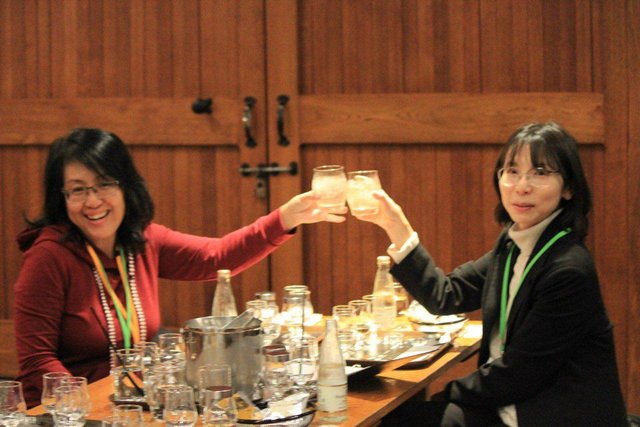
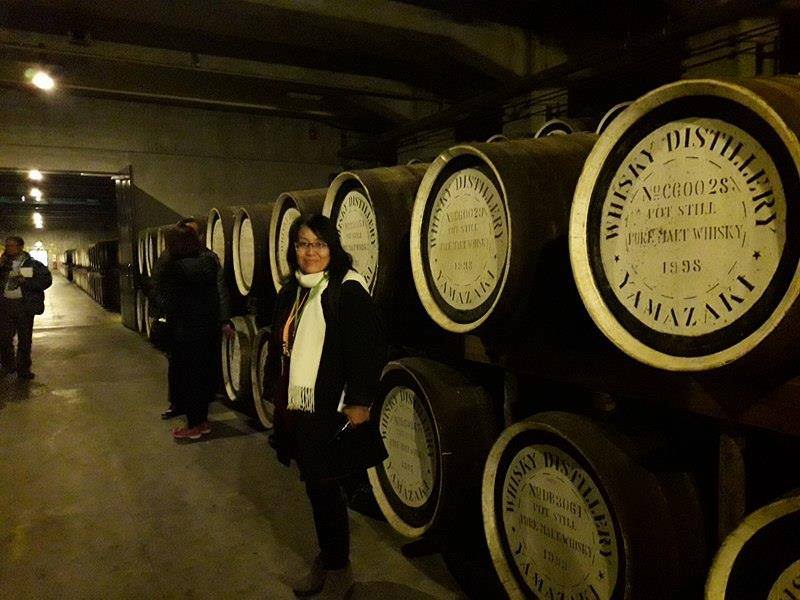
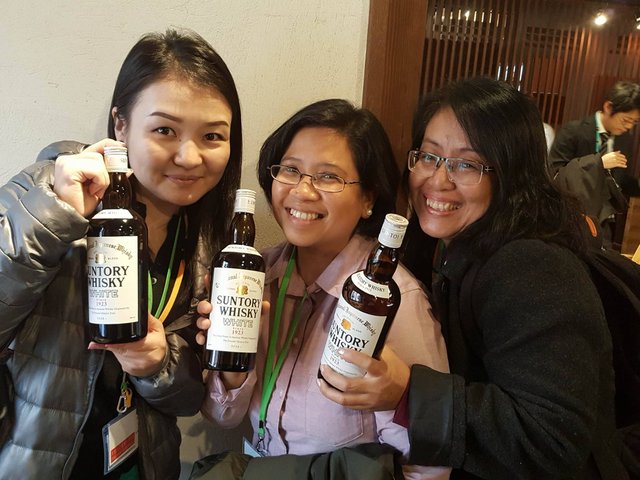
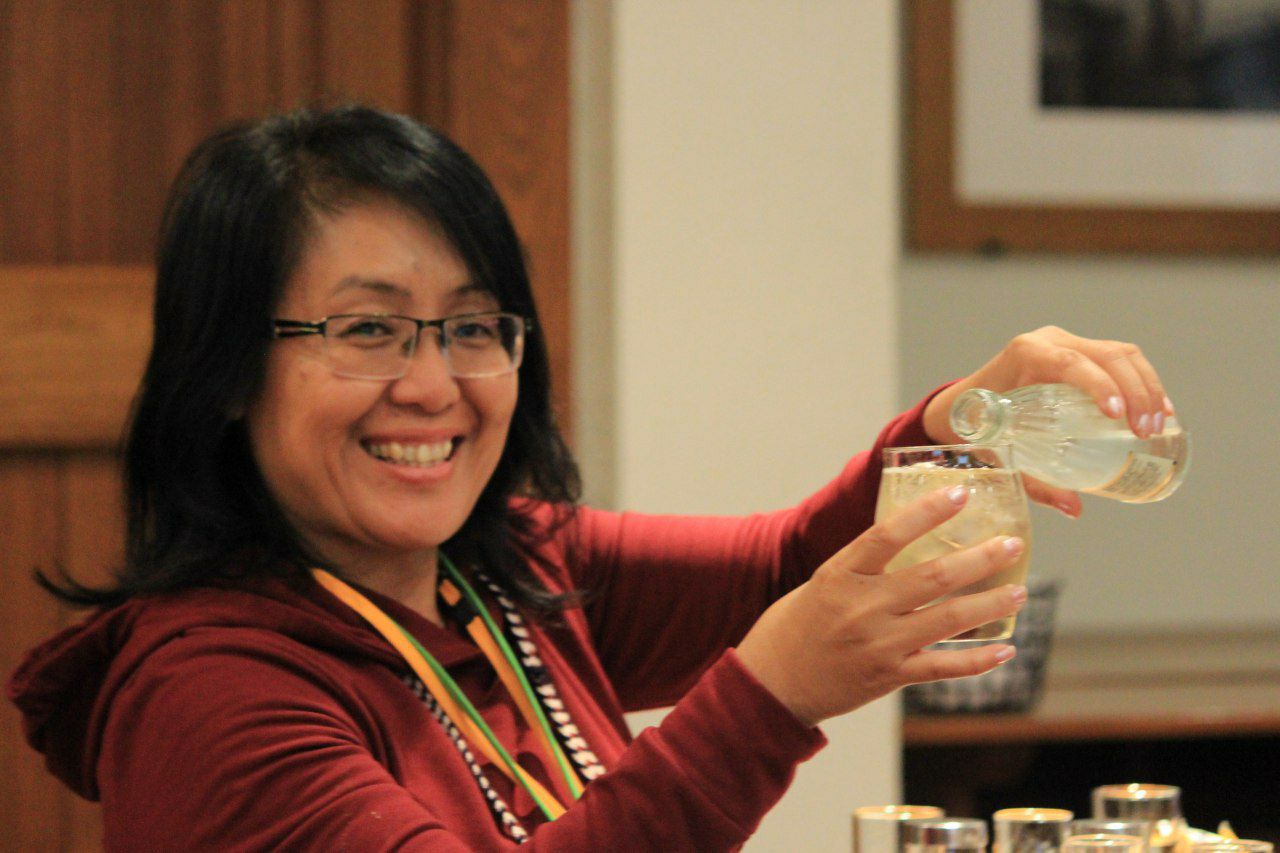
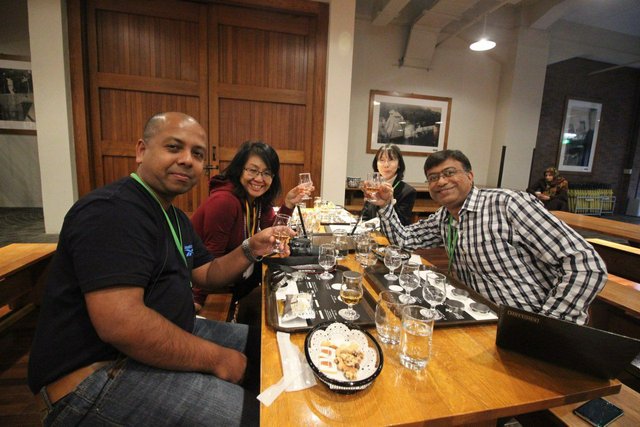
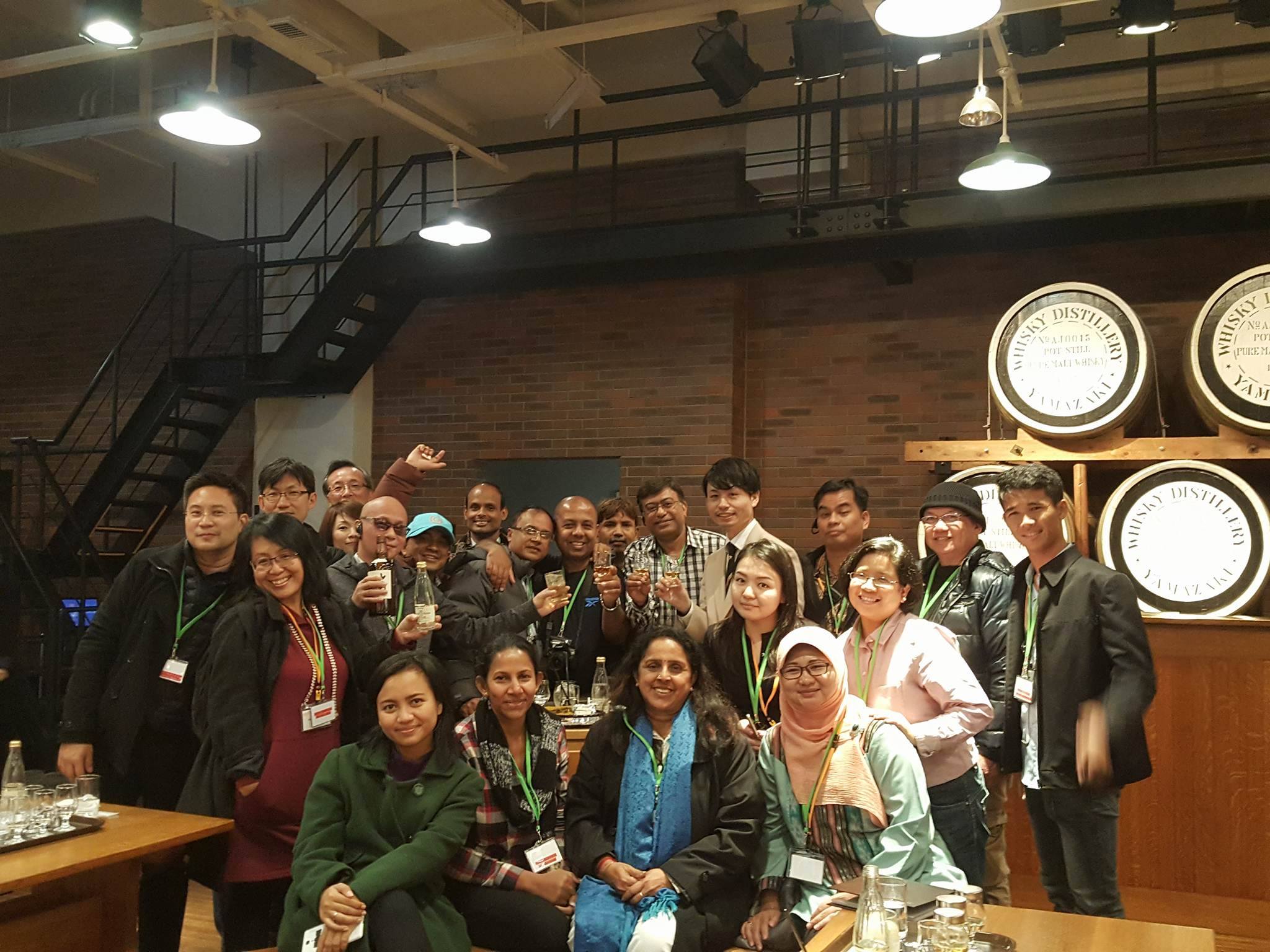
My faves are still the Hibiki and Kavalans whiskey 😁 but then again I've never had the chance to try it straight from the distillers. So lucky that you have ... Ok .. something to add to my bucket list.
Sounds like a very interesting adventure! I've never heard of Japanese whisky before. Thank you for sharing.
I can see you had fun in Japan. How does the Japan whiskey tastes like?
Indeed it's true that Japan produces not one but several worl's best whiskey in the world, in fact it embarrasses and shocked many Scottish. I especially like Hibiki! Some of the top single malt whiskey can be found at http://www.independent.co.uk/extras/indybest/food-drink/best-japanese-whisky-under-50-100-nikka-suntory-single-malt-10201539.html
Hibiki my fav as I prefer them a little peaty. Write nice of your experience. Hope to go there one day!